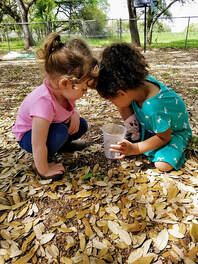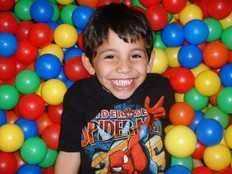Written By: Emily Swogger, OTR, M.S.

- Mitigate the effects of bullying (Zhou, Liu, Niu, Sun, & Fan, 2016);
- Enhance focus in children with ADHD (Zhang et al., 2016);
- Reduce attention problems (Crescentini, Capurso, Furlan, & Fabbro, 2016);
- Improve mental health and wellbeing;
- Improve social skills when well taught and practiced with children and adolescents.













 RSS Feed
RSS Feed
